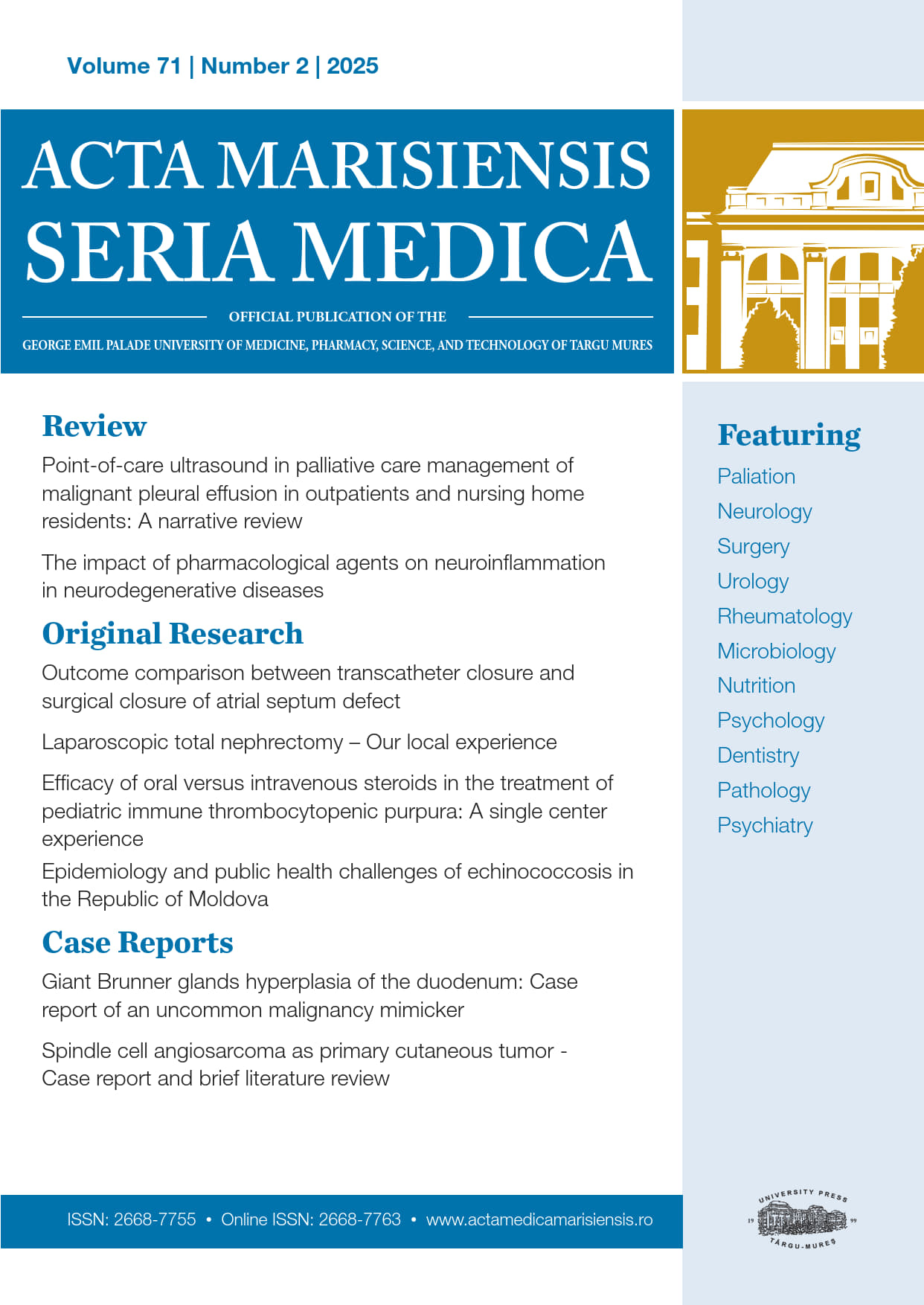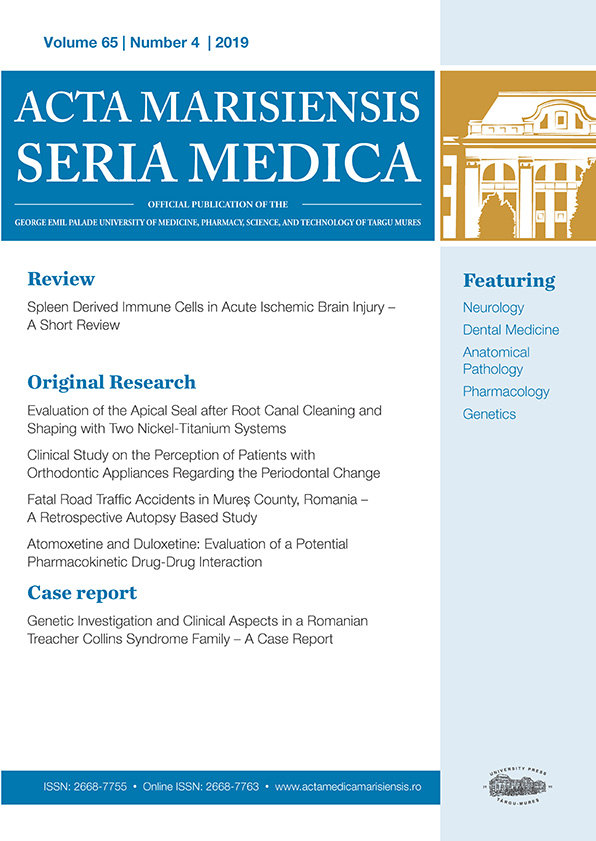Point-of-Care Ultrasound in Palliative Care Management of Malignant Pleural Effusion in Outpatients and Nursing Home Residents: Narrative Review
Abstract
Early integration of palliative care for patients with malignant pleural effusion can improve symptoms, quality, length of life, and healthcare costs. In this narrative review, our goal was to assess the evidence-based literature focused on the benefits of using Point-of-Care Ultrasound in the palliative care of pleural effusions and the potential challenges associated with its use in nursing home residents. Although a high-quality disease management program can be offered in many specialized Romanian palliative care units, there are still problems in accessing immediate multidisciplinary care. In recent years, the use of Point-of-Care Ultrasound in the clinical setting (hospital-based, outpatient-based, home-based, nursing-home, and hospice-based palliative care) has increased significantly, due to the development of higher-quality and more affordable technology, which allows interventional procedures such as therapeutic thoracentesis to be performed more safely and effectively, avoiding unnecessary transfers to the hospital and improving the patient's quality of life. As the number of palliative programs increases, the costs associated with palliative care for patients with cancer are lower compared to patients who did not receive palliative care. Point-of-Care ultrasound is a resourceful tool that can assist the physician both in the procedure management and in the diagnosis of complications associated with malignant status.
Copyright (c) 2025 Corina Mărginean, Bianca Emilia Ciurba, Bianca Liana Grigorescu

This work is licensed under a Creative Commons Attribution 4.0 International License.









